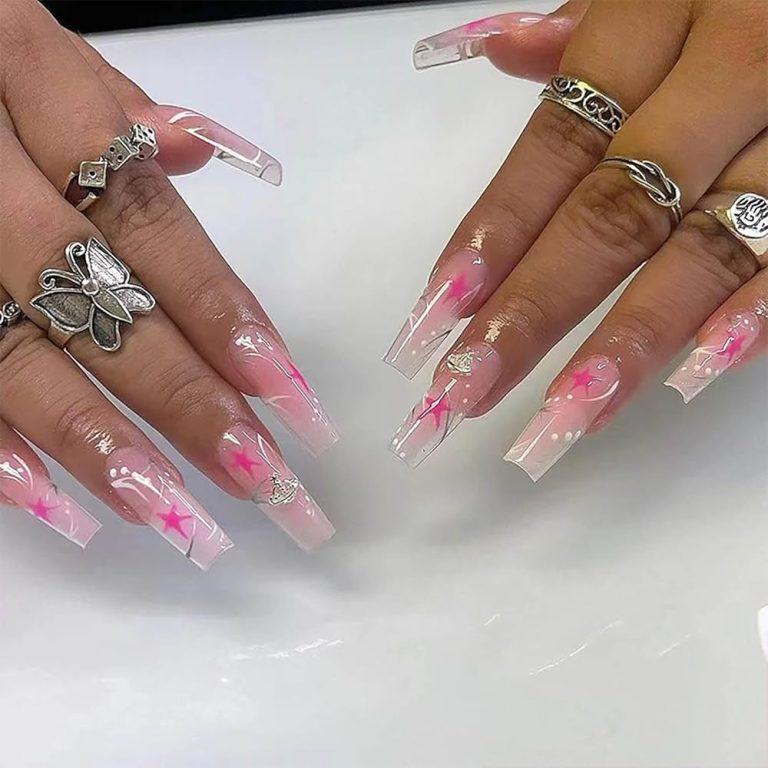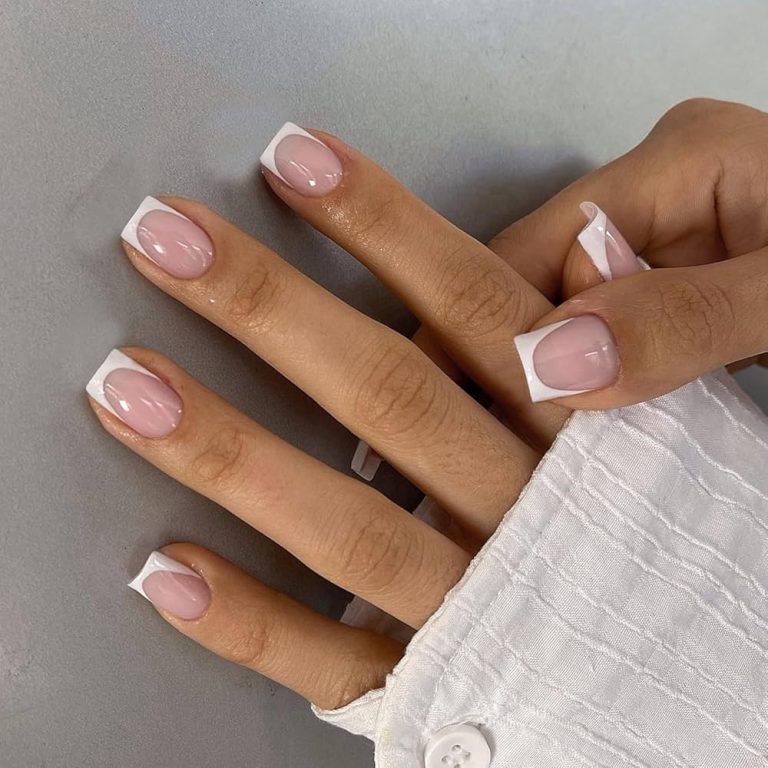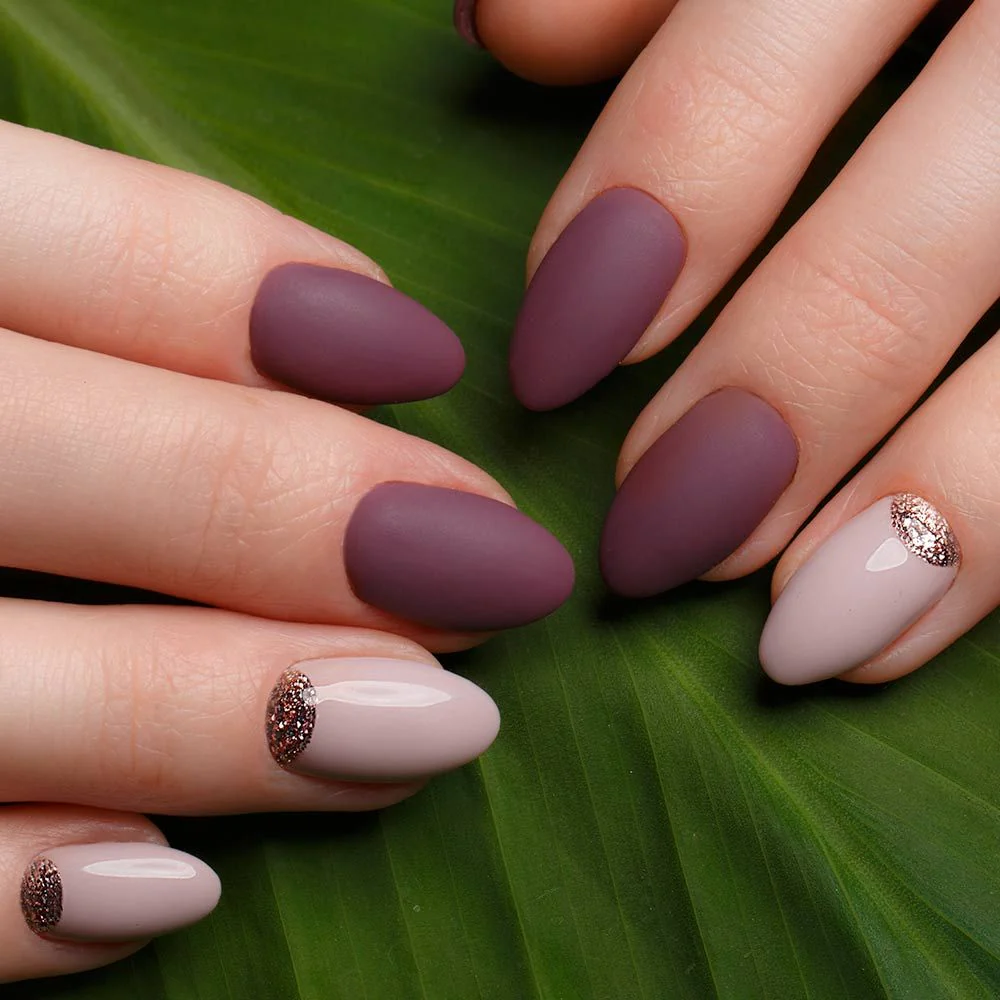
Unveiling the Origins of Acrylic Nails: Inventor’s Tale
Early Nail Enhancements and Culture
The story of nail enhancements goes back centuries. Who invented acrylic nails?Ancient civilizations used various materials to signify status and beauty.In ancient times, long nails were a symbol of wealth and status. Elites often used bone, gold, or ivory to extend their nails. These materials showed they were above manual labor. In China, during the Ming Dynasty, only the upper classes had such nail extensions. This was a clear sign of their high social standing.
Over time, nail enhancements evolved. By the 19th century, European women used paper forms and adhesives to extend their nails. Nail polish appeared, and manicures became more common. Then, in the 1950s, the accidental invention of acrylics by dentists shifted everything. They used dental materials to create durable, realistic nail extensions. It was the start of modern-day nail art.
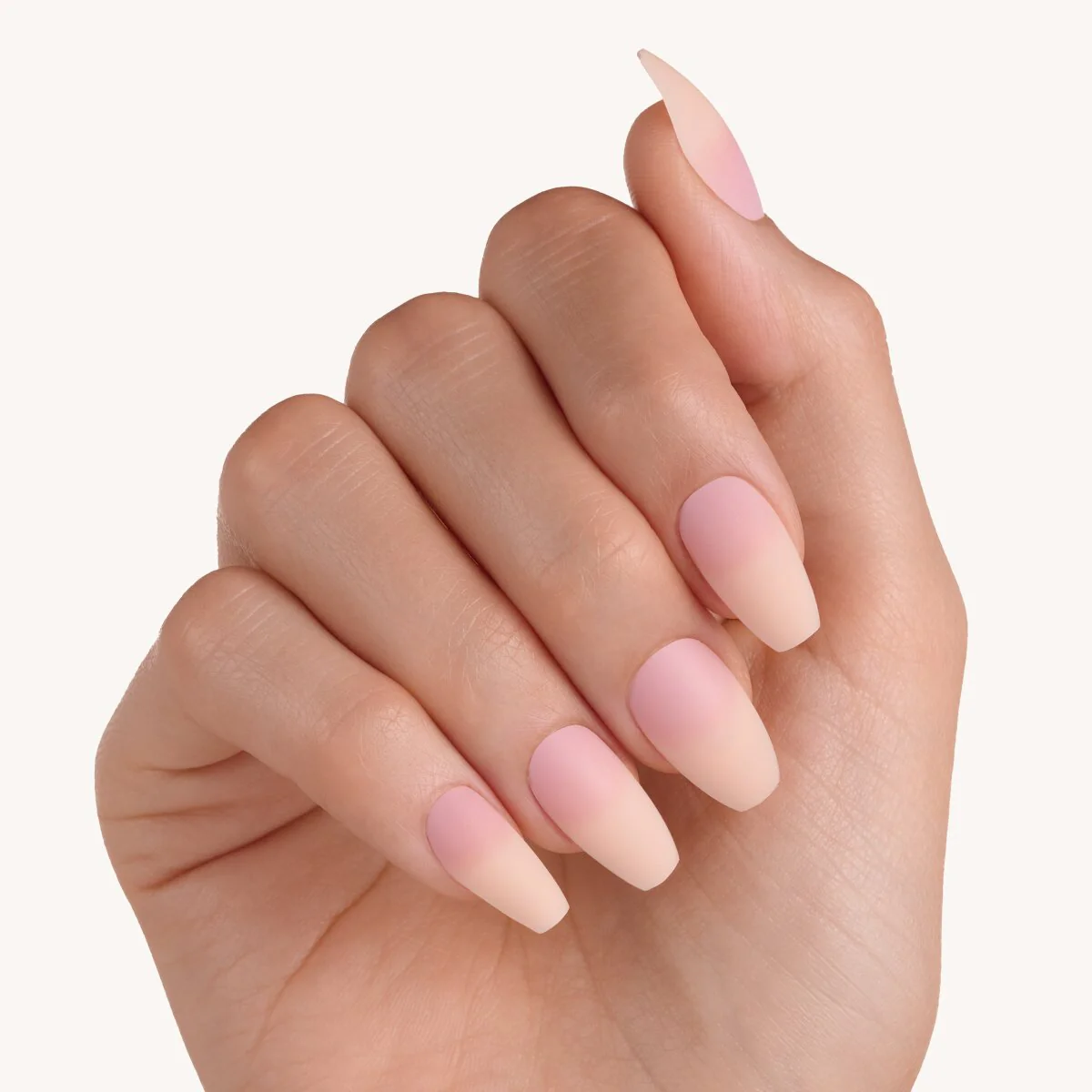
Emergence of Acrylic Nails
From humble beginnings to a fashion statement, acrylic nails have risen in popularity over many decades.In the 1950s, dentists were working with dental acrylics. Who invented acrylic nails?The aim was to create artificial teeth. A happy accident led to a discovery. One of these dentists, Frederick Slack, broke his nail. Using the acrylic, he fashioned a replacement. This event marked the birth of what we now know as acrylic nails. Slack took this idea beyond the dental office. He refined the method to suit cosmetic purposes. Together with his brother, they laid the groundwork for widespread acrylic nail use.
As the technique developed, Slack and his brother formed a company. They patented their process and began to sell it to beauty salons. This was the start of acrylics as a commercial beauty product. Brands like OPI and CND later built upon these inventions. They improved upon the formulas and techniques, making acrylics mainstream. Now, acrylic nails are a key offering at nail salons worldwide.
Patent and Pioneers of Acrylic Nail Technology
The emergence of acrylic nails revolutionized the cosmetic industry. But who brought this transformation?
Initial Inventions by Frederick Slack
Frederick Slack, a dentist, invented the first acrylic nail. In the 1950s, he broke his nail. To fix it, he used the materials at hand: dental acrylics. This led to an unexpected invention. Slack and his brother Tom saw potential far beyond the clinic. They improved the method and created a cosmetic product. They set the foundation for acrylic nails in the beauty world.
Contributions of Stuart Nordstrom and Innovations
In the 1970s, another figure emerged. Stuart Nordstrom developed a new system for acrylic nails. He used a liquid and powder mix, which is still in use today. This system created a more durable and natural-looking nail. Nordstrom’s contributions were vital. They led to significant advances in nail technology and fashion trends. His innovations have shaped the industry for decades.

Evolution of Materials used in Acrylic Nails
Acrylic nails have seen major material changes over time. Who invented acrylic nails?Their evolution is marked by improvements in safety and performance.
Transition from Methyl Methacrylate to Ethyl Methacrylate
Initially, acrylic nails used a compound called methyl methacrylate. This was found to be too hard and brittle. It also posed health risks. So, in the 1970s, this compound was banned for use in nail extensions. A safer alternative, ethyl methacrylate, replaced it. It was less damaging and offered better flexibility. This change has greatly improved how acrylic nails feel and last.
Advances in Application Techniques and Safety
The way we apply acrylic nails has also improved. New methods ensure they bond well and look natural. Nail technicians now use upgraded tools and techniques. They prioritize nail health and safety. Proper ventilation systems are now common in salons. These systems reduce exposure to fumes. Also, advancements in protective equipment and products have increased. This ensures a safer experience for both clients and technicians.
Acrylic Nail Styles and Trends Through the Decades
Acrylic nails have evolved dramatically since their inception. Who invented acrylic nails?Originally simple and functional, they have become a platform for artistic expression and style innovation.
From Basic Overlays to Intricate 3D Nail Art
Initially, acrylic nails served a basic purpose, providing a polished, manicured look with simple overlays. As technologies and materials developed, nail technicians began exploring more complex designs. The 1990s and early 2000s saw a surge in popularity of intricate designs, including embedded patterns, neon colors, and even nail jewelry. Today, 3D nail art has taken center stage, with professionals using acrylics to craft detailed, sculptural designs. These can include everything from miniature flowers to abstract patterns, showing that virtually no design is too complex when it comes to modern-day nail art.
Influence of Fashion and Celebrity Culture
Fashion trends and celebrity influences have significantly shaped the styles of acrylic nails. In the 1980s, high-profile celebrities in Hollywood embraced the glamour of long, colorful acrylic nails, setting a trend that would extend globally. Fashion runways and red carpets regularly showcase celebrities with unique acrylic designs, influencing widespread trends. Moreover, with the rise of social media platforms like Instagram and Pinterest, celebrities and influencers continue to play a pivotal role in popularizing new acrylic nail trends. These platforms allow for rapid dissemination of new styles and techniques, giving individuals worldwide instant access to the latest in nail fashion, from the glamorous to the avant-garde.
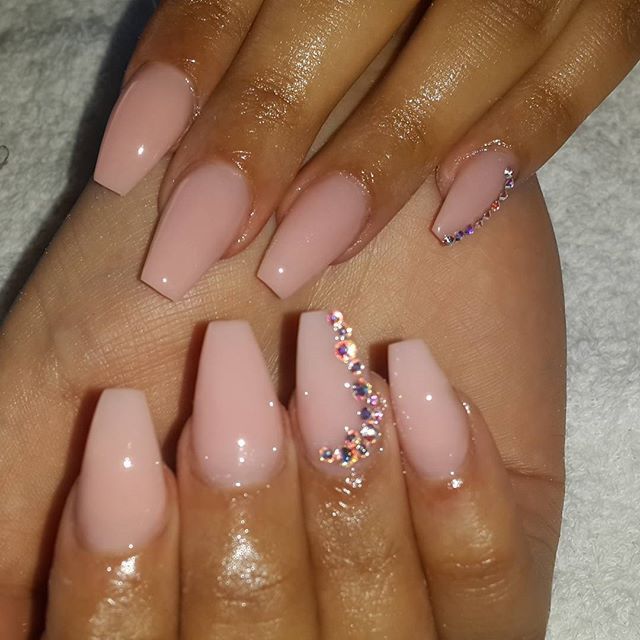
Acrylic Nails in the Modern Beauty Industry
The nail industry has seen many changes, especially in how we apply acrylic nails. Today’s techniques are far more advanced than the original methods used in the 1950s. Let’s explore the modern developments.
Technological Advancements in Nail Application
Modern nail application is more sophisticated, thanks to technology. Nail technicians now use state-of-the-art tools for precise and quick application. Electric files, UV and LED lamps, and advanced acrylic formulas have made the process smoother. These tools not only speed up the process but also ensure the nails are more durable and look more natural.
3D printing is another innovation shaping the future of nail art. With it, nail artists can create intricate designs once thought impossible. Advances in materials have also led to better quality adhesives and acrylics, making nails stronger and more flexible.
The Shift Towards Customizable and Safer Nail Enhancements
Safety and customization have become key in the acrylic nail industry. Who invented acrylic nails?Once threatening to nail health, materials like methyl methacrylate are now replaced with safer alternatives. Ethyl methacrylate, for example, provides a less toxic solution. This shift has improved the safety profile of nail enhancements significantly.
Clients today demand nails tailor-made to their preferences. Nail enhancements are now available in an array of colors, shapes, and sizes, ensuring there is something for everyone. Furthermore, nail art is no longer just about color. It also includes textures and accessories, reflecting personal style and creativity.
Moreover, there’s a growing awareness of the importance of nail health. Thus, products are being developed to not only enhance beauty but also to protect and treat natural nails. Nail technicians now emphasize methods that promote nail care, ensuring the long-term health of nails beneath the glam of acrylics.
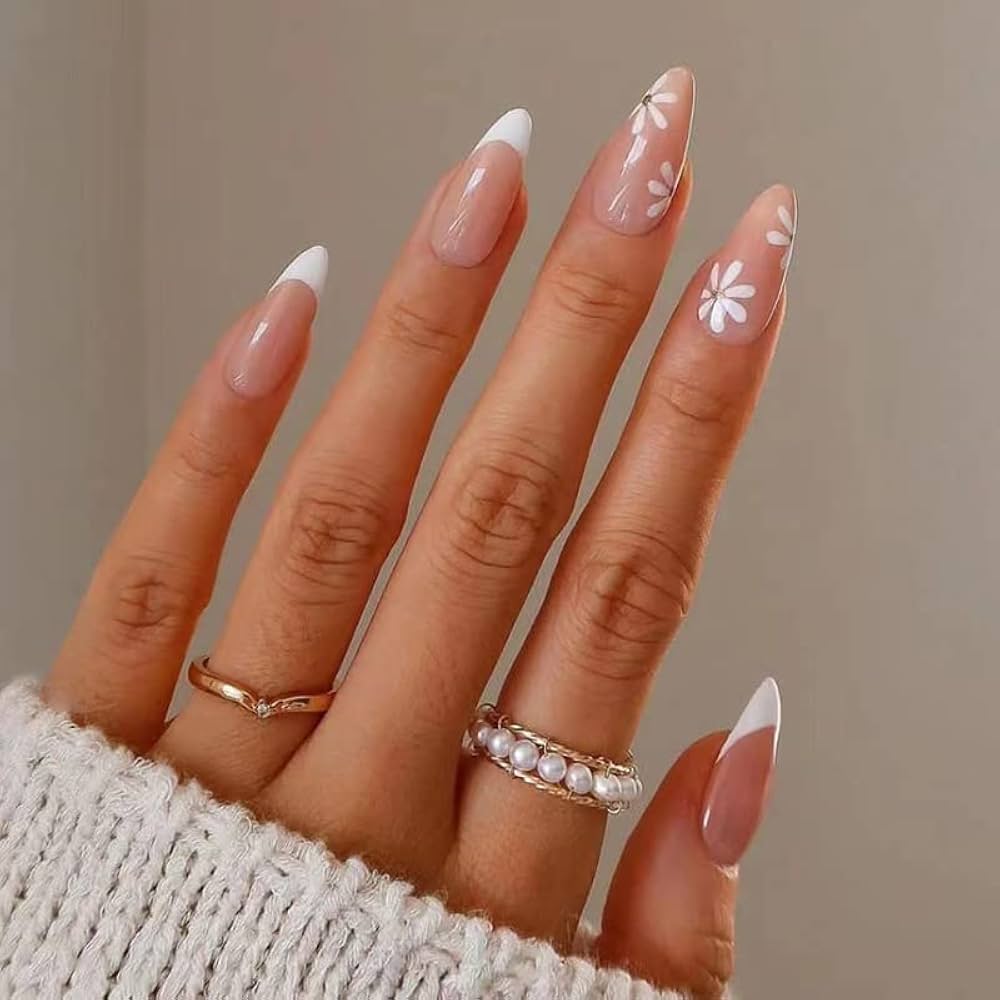
Future Prospects and Innovations
The future of acrylic nails looks as bright and shiny as a freshly applied top coat. Who invented acrylic nails? Innovations keep on transforming the nail industry, promising even more exciting developments for nail enthusiasts and professionals alike.
Ongoing Technological Developments
Continued advancements in technology are set to revolutionize the acrylic nail world. New tools and techniques are emerging, making nail art more precise and less time-consuming. 3D printing technology is one such advancement; it allows for complex nail designs that were not possible before. Experimentation with materials is leading to stronger, more flexible acrylics that resemble natural nails more closely.
The industry keeps pushing forward. For example, UV curing technology for nail polish is getting faster and more efficient. Nail technicians receive better training on these new tools, ensuring safety and quality in the application process.
Potential for New Aesthetic and Practical Applications
Artistic expression through nail art is expanding rapidly. We can expect to see a wider range of colors, finishes, and textures that reflect individual style. Nail art is not just for special occasions; it’s becoming a way to express one’s personality every day.
There’s also a focus on practicality. Nail products increasingly come with added health benefits. Innovations offer more than appearance; they also protect and strengthen the natural nail underneath. We also anticipate a continued trend toward eco-friendly and organic alternatives.
In summary, acrylic nails have come a long way since Frederick Slack’s accidental discovery. With a focus on safe, aesthetic, and practical enhancements, the industry is poised for even further growth and creativity. It’s exciting to imagine where these innovations will take us next in the world of nail fashion.
